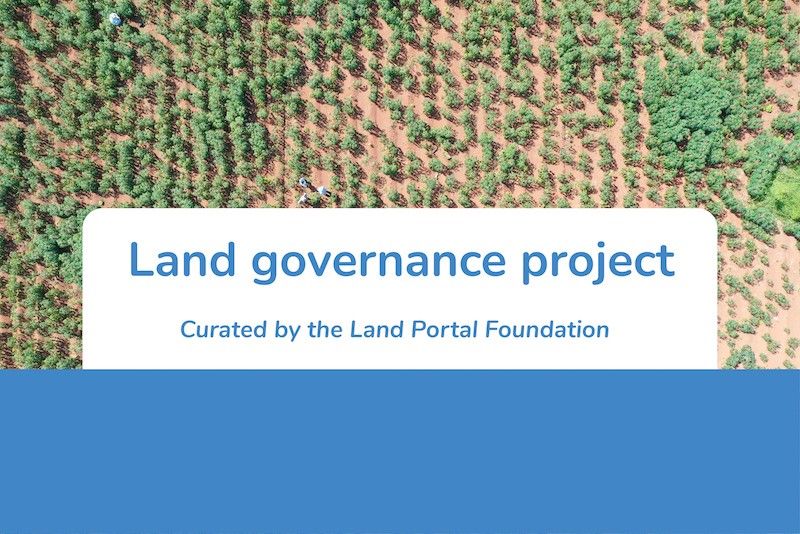Community / Land projects / Promoting environmental justice
Promoting environmental justice

€0
04/23 - 09/24
Achevé
This project is part of
Implementing Organisations
Donors
Data Providers
General
The agriculture sector of Bangladesh faces many challenges: imbalance in soil fertility, salinity intrusion, corporate control over seed market, excessive use of chemical fertilizer and pesticides, etc. Increased commercial farming has led to excessive and unmonitored use of chemical fertilizers and pesticides. There is widespread evidence that pesticides are inappropriately used in Bangladesh and that 70 per cent of the pesticides used are “extremely or very hazardous;" these enter the human system through consumption. Pesticides used in agricultural lands enter wetlands, destroying ecosystems and species. Previous global reports claimed that 43 per cent (6.3 million ha) of the total area of Bangladesh is also affected by various forms and degrees of land degradation. The Government of Bangladesh's Organic Agriculture Policy (2016) is yet to be popularized among farmers. This Policy proposed forming a National Organic Agriculture Taskforce and framing laws to promote organic farming. Neither the taskforce nor the laws have happened. Meanwhile, organic cultivation in Bangladesh only takes place on an estimated 2% of the country’s cultivable land. BELA will arrange online capacity building events for its network members on organic farming, and prepare a video on organic farming. This will be shown to the farmers and posted on BELA’s Facebook. For easier understanding, awareness materials e.g. posters will be prepared and disseminated. Field visits will help monitor the works of farmers receiving toolkits. BELA shall also conduct another research on the restoration needs of the threatened Chalan beel, a socio-economically and biologically important wetland of the country in Natore, Pabna and Sirajgonj districts. This beel is about 394,100 acres and retains a diverse range of fish, aquatic invertebrates, birds and others aquatic animals upon which the local economy and livelihoods of some 5 million people depend.



